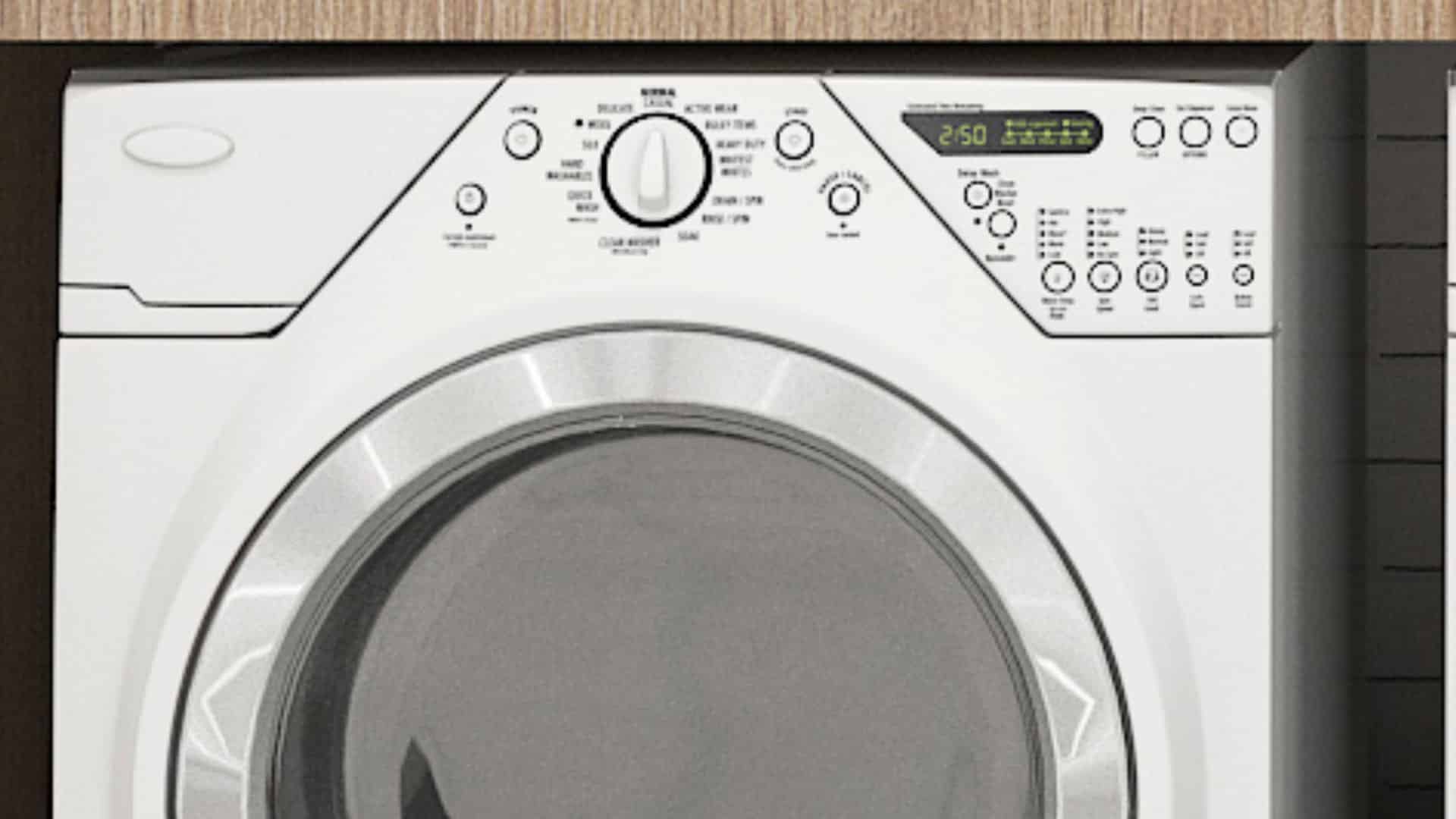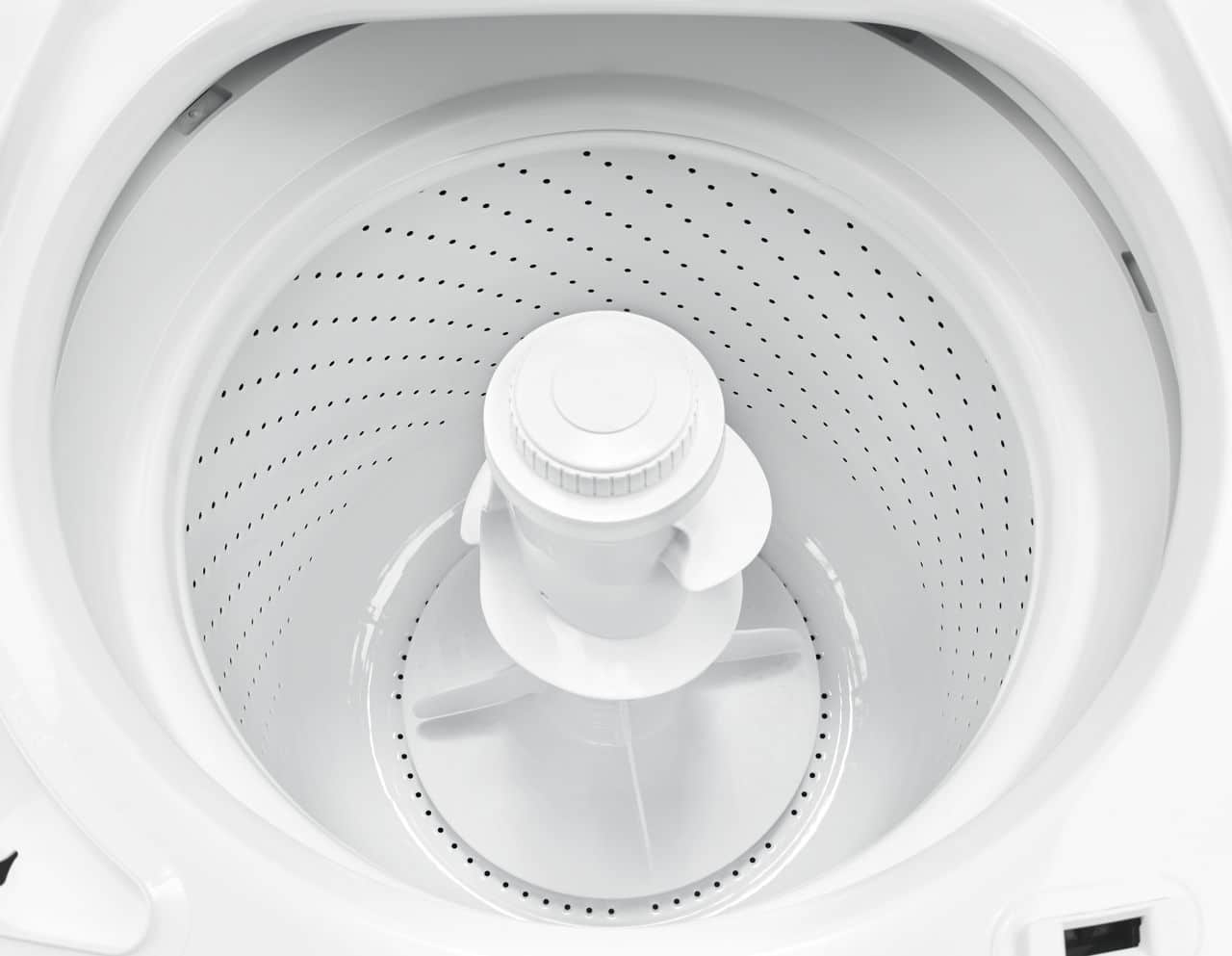
The spin on your washer is its core function. Other than filling and draining with water, spinning is how the clothes get clean. Spinning the drum is also how water is finally spun from the clothes so that they go into the dryer not totally sopping wet. If your washer is not spinning at all or not seeming to spin enough, then something will have to be done.
There are a few troubleshooting steps you can do at home to investigate the cause of your washer spinning problems. We’re here to offer a few helpful tips and reasons why your washer might not be working properly. These tips range from simple investigations to DIY technician tasks you might try on your own or hire a technician to investigate for you.
The Mid-Spin Check
The first trick works only with older top-load washers without a lid lock, but it works very well if you have one of these models. If you want to know whether your washer is spinning at all or capable of spinning, start with the washer shut and empty. What you are going to do is test the washer by opening the lid when it should be spinning, without filling the washer first.
Do this by first closing the lid. Twist the dial to the spin cycle and start the washer. If your lid doesn’t open, listen, and feel the washer to determine if the drum spins. If the lid does not lock, pop it open and peer inside. If the washer drum is spinning in there, then your washer is capable of spinning. Any problems you may be having are more likely related to controls or the speed and power of the spin. Or, possibly, imbalance.
Check the Lid Switch
The next thing to check is whether your lid switch is intact. Top-loading washers have a few different lid switch mechanisms. Some lock the lid so that children and pets can’t fall in while the drum is spinning. Some use the lid switch to turn off the spinning feature when open, for similar safety reasons. This can mean that a damaged lid switch can also affect how your washer spins during the cycle. If there is a special safety feature linked to the lid switch, and there usually is, then your lid switch might be preventing the washer from spinning.
Open up the lid and look carefully. First, check to see that the lid switch’s plastic tab (the switch lever) is still visible and catches when the lid closes. Sometimes, this tab can be broken off which can cause problems. Next, check to see if the lid switch has an effect on the washer. If there is anything wrong, replace the lid switch before continuing.
Look for Jammed Clothing
Another thing to check is whether there is clothing jammed into the space between the drum and the cabinet. This can happen from over-enthusiastic loading of laundry, often from dumping clothes from a basket into the top. If a piece of laundry falls into the top, it can get twisted into the space between the drum and the cabinet, where there should be a soft bumper-seal to keep the drum from scraping or falling to the side.
Check for socks and shirts among other items that may have twisted into this spot. When clothing gets jammed into the mechanism, it’s just like the proverbial monkey wrench in the gears. The clothing can simply create too much resistance for the drum to keep spinning. Many washers will have a safety mechanism to cancel the spin feature instead of grinding the belt against a jam.
Balance Laundry Loads
This advice comes often, any time a washer’s spin isn’t working at 100%, and it’s worth repeating now: always balance your washer loads. By this, we mean distribute clothing evenly all the way around the drum. Don’t just dump a basket into whichever the side of the washer the clothing falls. This can lead to unbalanced loads that will either scrape and clang or cause the washer not to spin at all.
Be especially careful about bulky loads of towels or bedding. These have an even higher chance of clumping on one side and making the washer uneven. Older washers gone unbalanced tend to make noise and take damage, while newer washers may have a safety mechanism that stops the spin if the drum is too unbalanced to spin correctly.
Track the Cycle Progress
Next, keep track of how your washer shifts through the cycles. Sometimes, you can learn a great deal just by listening to your washer and keeping track of when something goes wrong. For example, does your washer start spinning and then stop early? This could be a sign of a malfunction that triggers a safety mechanism. Does your washer fill but never agitate? This might be a problem with the control system or the belt. Does your washer spin, but the clothes are still soaking, this can mean that your belt is damaged or the system is not spinning enough.
Investigate the Washer Belt (if it has one)
Last but not least, there’s taking a look at the washer belt directly. The washer belt is what is used to spin the drum. The belt is attached to a mechanism at the bottom of the drum and the spinning of the belt pushes the drum either back and forth to agitate or around quickly to drain the clothes at the end. If the belt mechanism is loose or slipped or the belt is damaged, it may not be spinning with enough force. If the belt is broken or fully off the rollers, then it won’t spin at all.
A washer that won’t spin isn’t washing. If it can’t agitate clothes, then clothes don’t get clean. If it can’t spin clothes, then clothes are much harder to get dry. However, if you can’t find and solve the problem on your own, we can help you find the solution. To consult on appliance repair or request a repair in your home, contact us today!

How to Fix the nF Error Code on a Samsung Washer
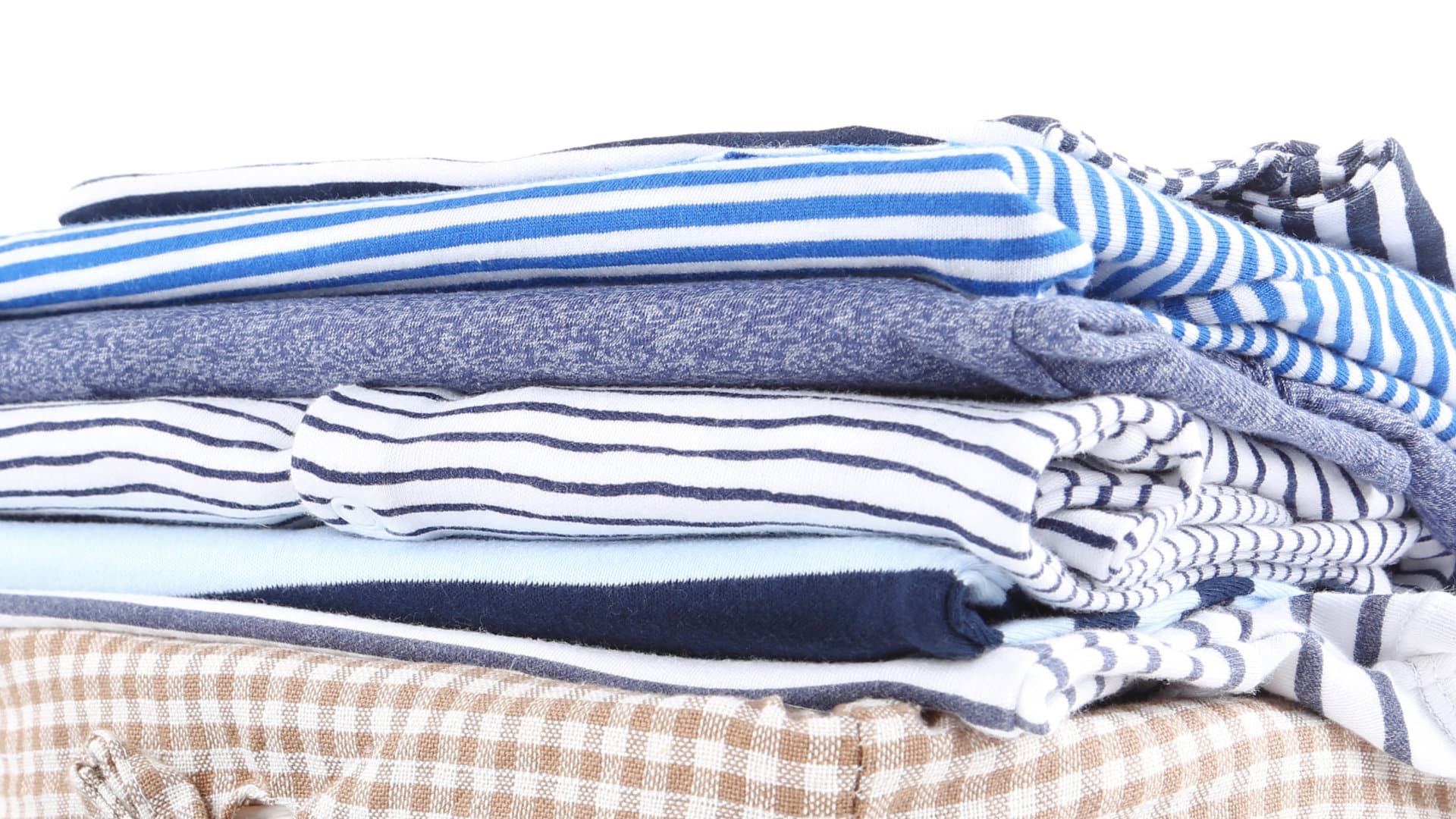
Kenmore Elite Dryer Issues: How To Troubleshoot
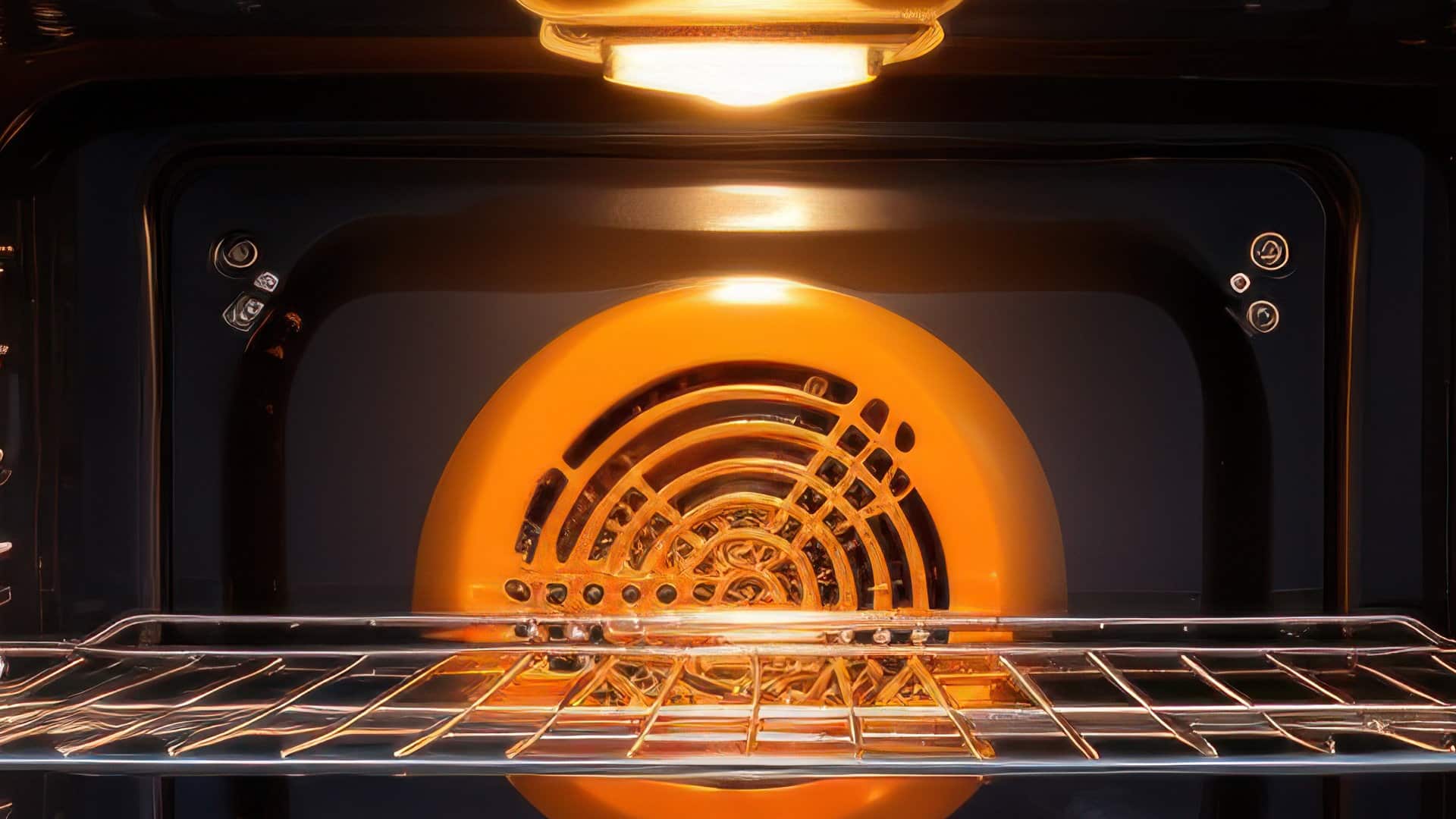
Microwave vs. Oven: Pros and Cons and How They Differ
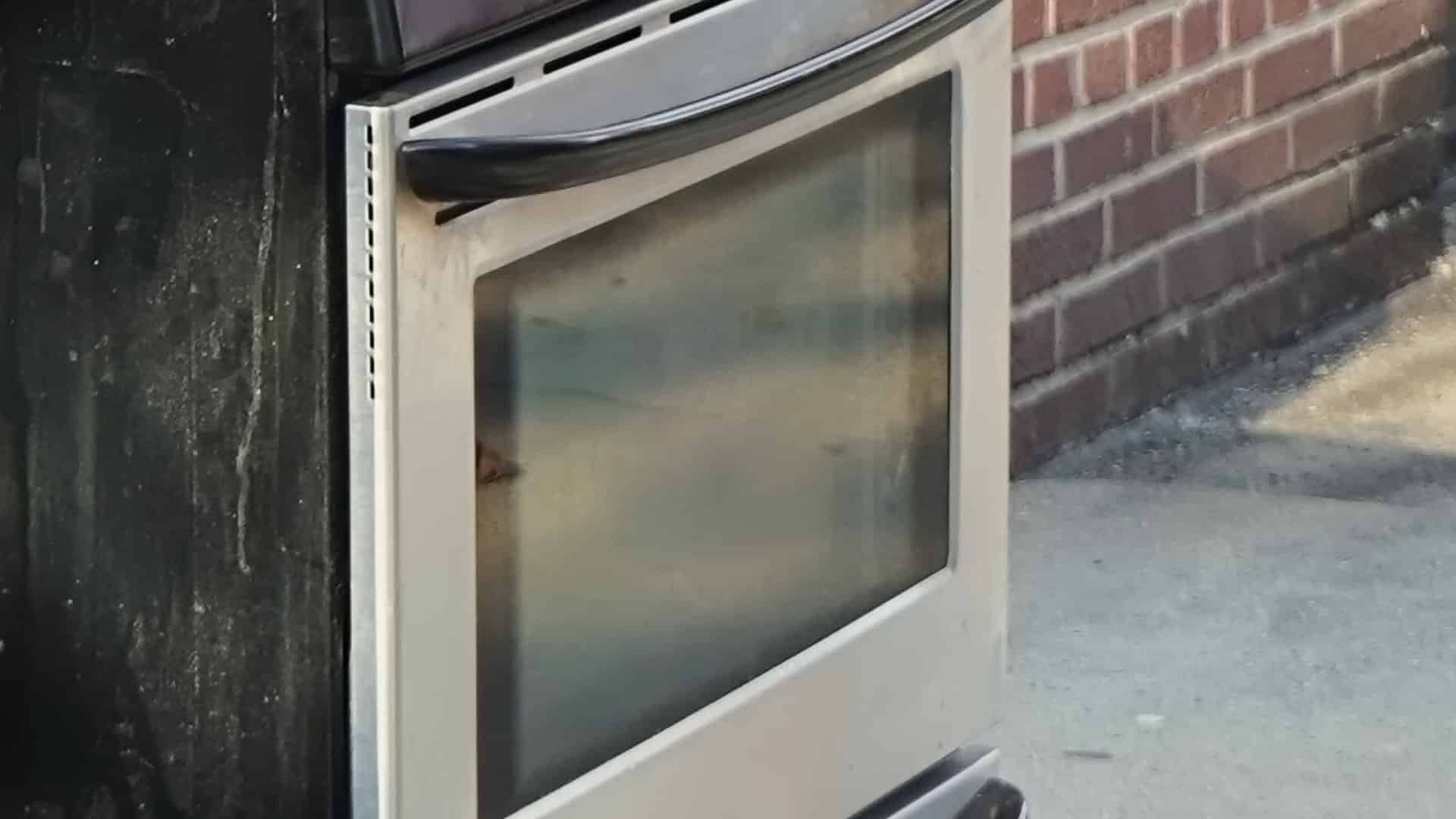
Self-Cleaning Oven Smell: Causes & Odor Reduction Tips

Frigidaire Ice Maker Not Working? 7 Ways to Fix It
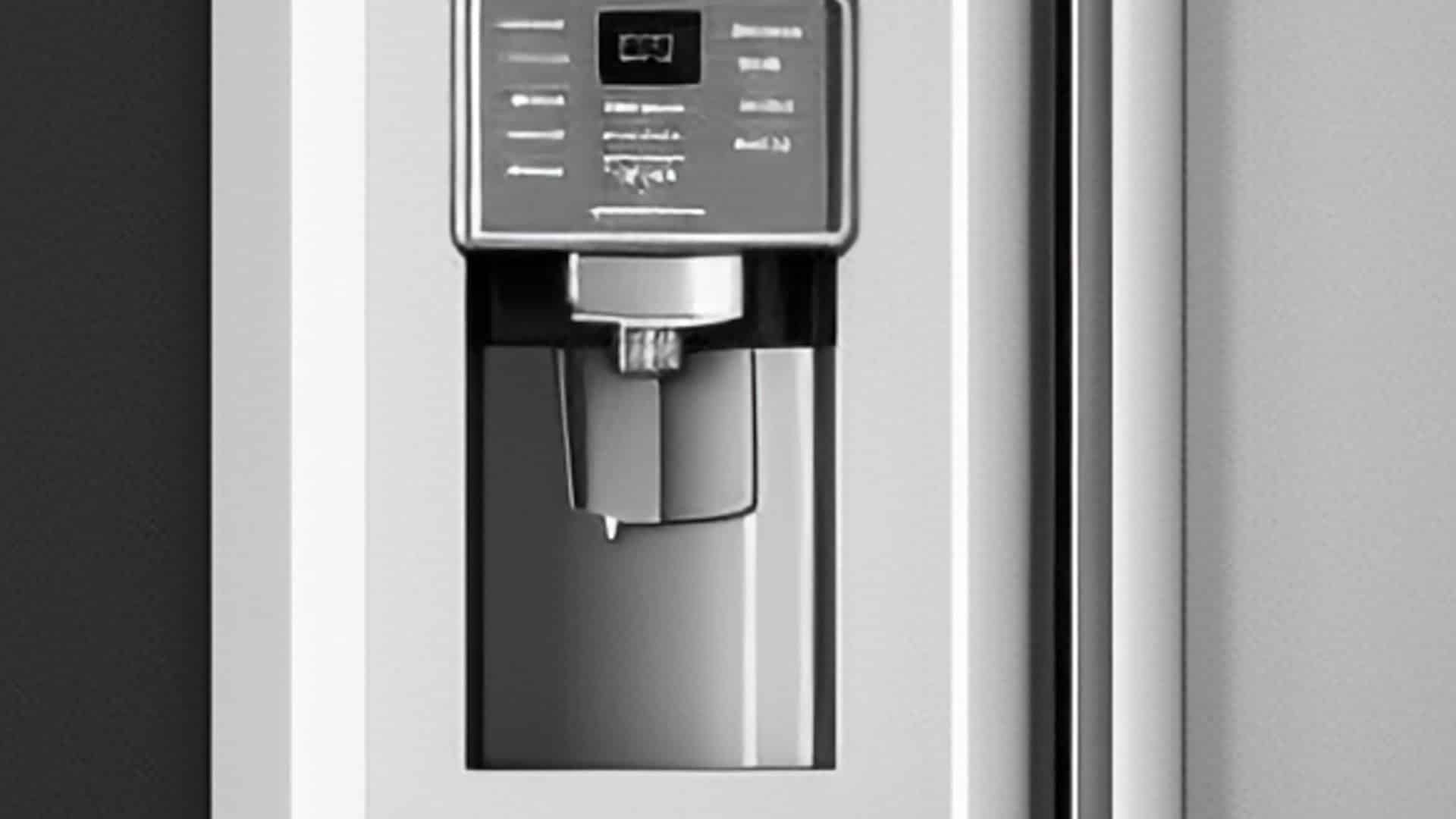
Why Is Your LG Refrigerator Not Cooling? (9 Common Reasons)
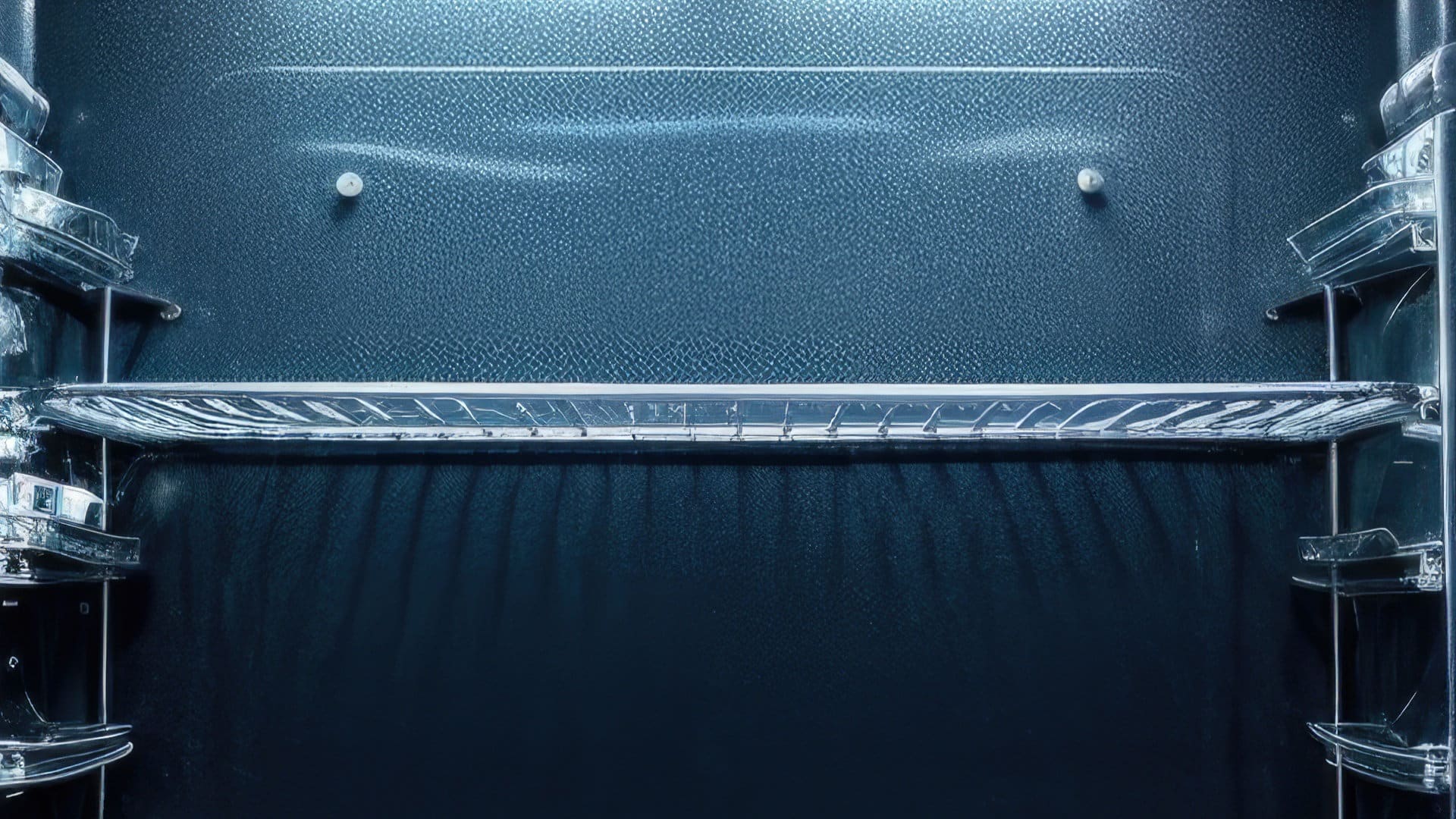
GE Oven F2 Error: Causes & Solutions
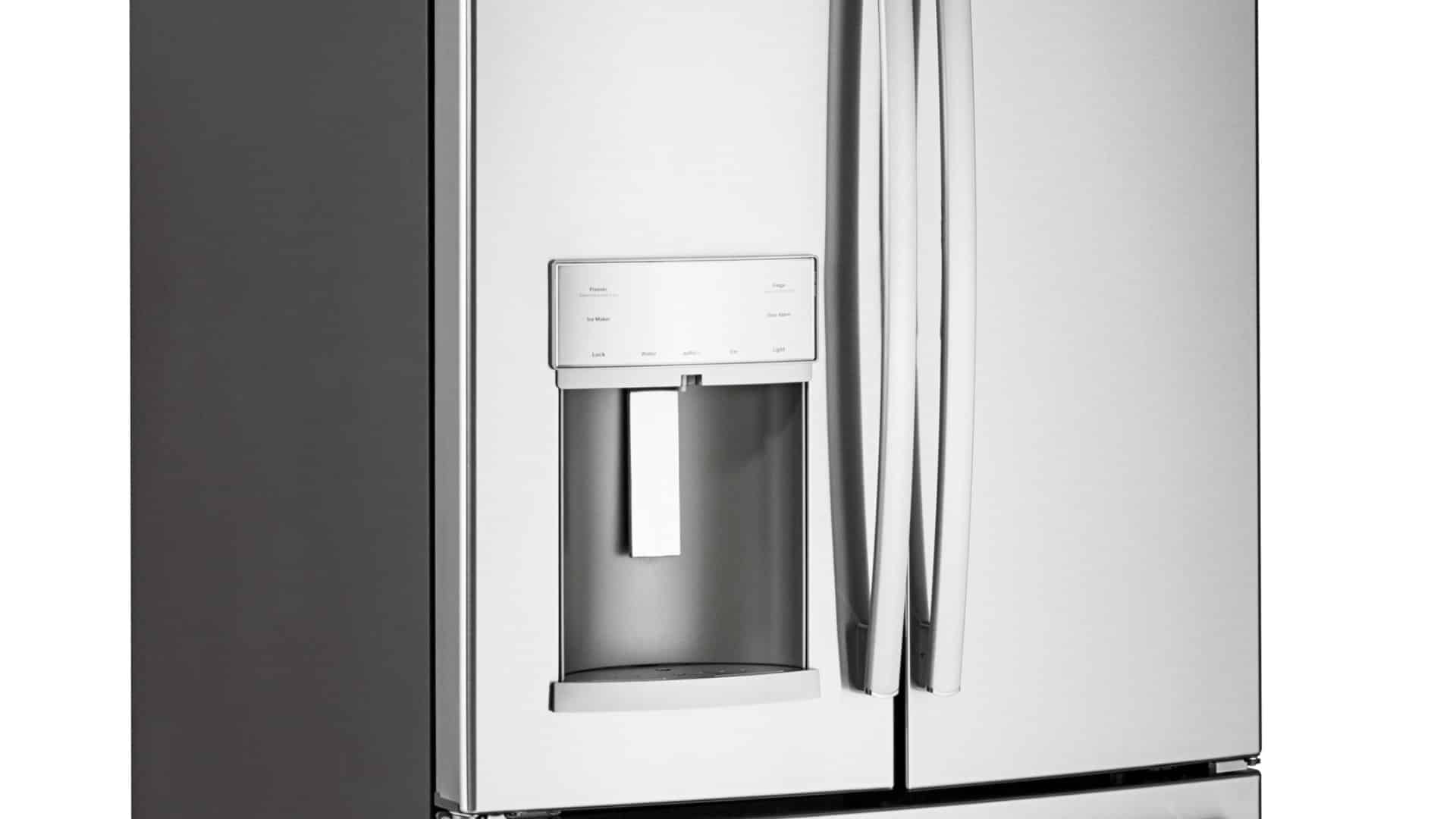
How to Reset the Water Filter Light on a Samsung Refrigerator

Maytag Washer Showing F5 Error Code? Here’s What To Do
